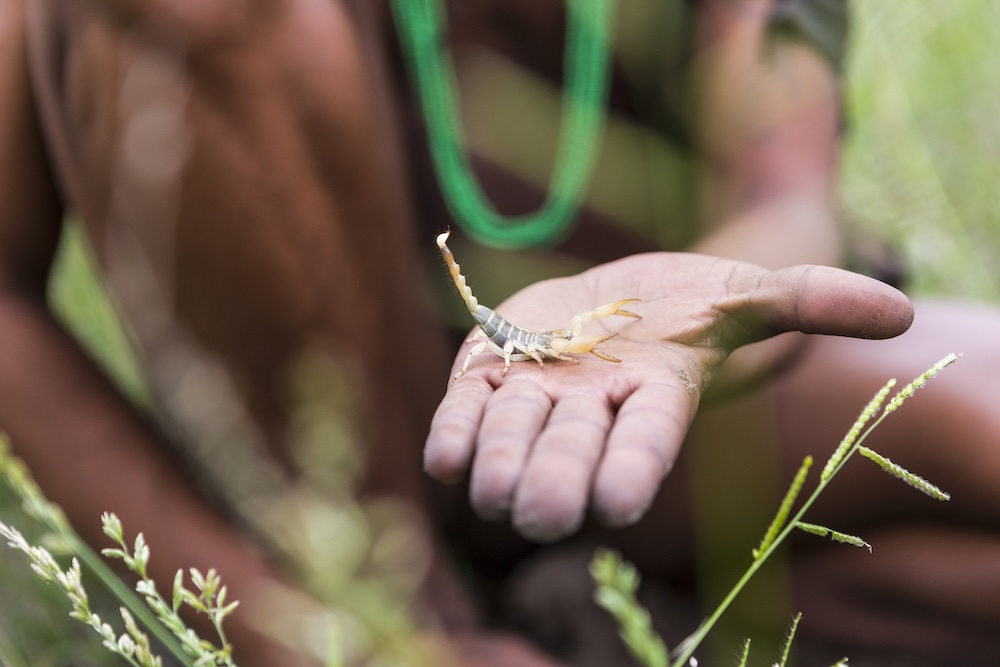For thousands of years, Indigenous peoples have managed land, water, and wildlife with practices rooted in respect, reciprocity, and deep ecological knowledge. Long before the term “sustainability” existed, Indigenous communities were living it. As the climate crisis intensifies, these traditions are not only surviving — they are guiding modern environmental solutions.
Ancient Knowledge, Modern Relevance
Indigenous ecological knowledge, often passed down orally across generations, is recognized by the United Nations and global conservation organizations as essential for biodiversity protection. This wisdom goes beyond resource management — it’s a worldview that sees humans as part of, not separate from, the natural world.
Why Indigenous Knowledge Matters in the Climate Crisis
Studies published in Nature Sustainability show that biodiversity is declining less rapidly on lands managed by Indigenous peoples compared to other regions. This demonstrates that traditional ecological practices are not just culturally significant — they are scientifically effective.
1. Fire Management for Healthy Ecosystems
Many Indigenous groups use controlled burns, also known as cultural burning, to reduce wildfire risks, promote healthy soil, and encourage the growth of native plants. Aboriginal Australians have used this technique for tens of thousands of years, and similar practices are found among Native American tribes such as the Karuk and Yurok.
The Ecological Impact
Cultural burns reduce fuel buildup, prevent catastrophic wildfires, and create habitats for diverse species, from pollinators to large mammals.
2. Rotational Harvesting and Seasonal Restraint
Indigenous fishing, hunting, and gathering traditions often include strict seasonal limits. For example, Alaska Natives time salmon harvests to allow fish populations to spawn, ensuring long-term abundance.
Building Resilience
By aligning harvest cycles with natural rhythms, these practices prevent overexploitation and maintain balance within ecosystems.
3. Agroforestry and Mixed-Crop Systems
Long before industrial agriculture, Indigenous communities in regions such as Central and South America practiced agroforestry — growing crops alongside trees to enrich soil, protect water sources, and provide shade.
Climate Benefits
These systems store more carbon than monocultures and help preserve biodiversity, making them a model for regenerative agriculture.
4. Seed Saving and Biodiversity Protection
Seed saving is a cornerstone of Indigenous agricultural traditions. Native American “Three Sisters” planting (corn, beans, and squash) is both a nutritional and ecological system, each plant supporting the others’ growth.
Modern Application
Seed banks, many run by Indigenous communities, now play a crucial role in preserving genetic diversity in the face of climate change.
5. Sacred Land and Water Protection
Many Indigenous cultures designate certain landscapes — mountains, rivers, forests — as sacred. This spiritual connection often leads to de facto conservation zones where extractive activities are prohibited.
Legal Protections
In some cases, this reverence has translated into legal rights for ecosystems, as seen in New Zealand where the Whanganui River was granted personhood, influenced by Māori beliefs.
6. Low-Impact Hunting and Fishing Methods
From Polynesian fish traps to Inuit seal hunting techniques, Indigenous harvesting methods often minimize bycatch and habitat disruption.
Technology Meets Tradition
Modern scientists are studying these methods to design sustainable fishing gear and wildlife management strategies.
7. Knowledge of Native Plant Medicine
Ethnobotanical knowledge among Indigenous peoples includes thousands of plant species used for food, medicine, and ecological restoration. This knowledge often guides reforestation and habitat recovery projects.
Restoring Ecological Balance
By reintroducing culturally significant native plants, restoration projects also revive pollinator populations and soil health.
8. Community Governance of Natural Resources
Indigenous resource management is often collective, with decisions made through consensus. This prevents short-term exploitation and ensures that future generations’ needs are considered.
A Model for Shared Stewardship
Community-led conservation efforts, like those of the Kayapó in Brazil, protect millions of hectares of rainforest from deforestation.
9. Water Management Through Traditional Engineering
From the qanats of North Africa to the ahupua‘a system in Hawai‘i, Indigenous water management strategies optimize irrigation, prevent waste, and protect watersheds.
Climate Adaptation
These systems are being revived to combat drought and adapt to shifting rainfall patterns.
10. Storytelling as Ecological Education
Oral traditions, songs, and ceremonies often embed environmental ethics into cultural identity. These narratives teach respect for nature and responsibility to protect it.
Passing It Forward
By teaching these values from childhood, Indigenous communities cultivate a culture where environmental care is second nature.
Why Indigenous Leadership Is Essential for the Planet
The Intergovernmental Science-Policy Platform on Biodiversity and Ecosystem Services (IPBES) emphasizes that Indigenous land stewardship is one of the most effective ways to protect biodiversity. Partnering with Indigenous communities is not just about inclusion — it’s about survival.
What Can Be Done to Support Indigenous Environmental Leadership
- Protect Land Rights — Secure Indigenous land tenure to safeguard ecosystems.
- Fund Indigenous-Led Conservation — Direct funding to community projects, not just NGOs.
- Honor and Integrate Traditional Knowledge — Include Indigenous experts in climate policy-making.
- Educate and Amplify — Share Indigenous environmental stories in media and education systems.
Final Thoughts
Indigenous cultures have been practicing sustainability for millennia, long before it became a global buzzword. Their traditions offer tested, effective solutions for restoring balance between humanity and nature. As we face unprecedented environmental challenges, listening to and learning from these cultures may be our best hope for a thriving future.









Reader Interactions